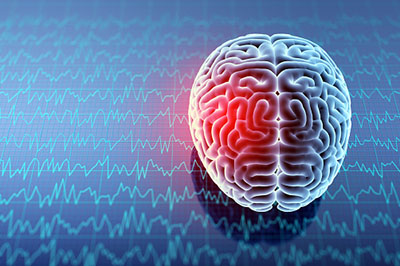Physical Therapy for Balance & Gait Disorders

Physical Therapy for Balance
You may need Physical Therapy for balance & gait disorders. This is sometimes referred to as a vestibular disorder. If you suffer from dizziness or vertigo, you know how debilitating it can be to live a normal life. At Fast Track Physical Therapy, we can provide effective treatment for many different types of vestibular disorders. Our Physical Therapists will guide you through a comprehensive treatment plan to aide in your recovery and will always answer any questions along the way.
Physical Therapy for balance or vestibular disorders includes:
- Vertigo
- Benign Paraxomal Positional Vertigo (BPPV)
- Dizziness
- Meniere’s Disease
- Balance Problems
- Gait Disorders
- Concussions
Try Physical therapy for balance disorders. Here’s how it helps:
Identifying the Root Cause:
A physical therapist will conduct a thorough evaluation to pinpoint the underlying cause of your balance issues. This might involve:
- Vestibular tests: To assess the function of your inner ear, which plays a crucial role in balance.
- Gait analysis: To observe your walking pattern and identify any abnormalities.
- Strength and flexibility assessments: To determine if muscle weakness or stiffness is contributing to your balance problems.
- Sensory assessments: To evaluate how your vision, touch, and proprioception (sense of body position) are functioning
Tailored Exercise Programs:
Based on the assessment, the therapist will create a personalized exercise program that targets your specific needs. This may include:
- Balance exercises: Such as standing on one leg, walking heel-to-toe, or using a balance board.
- Strength training: To improve muscle strength, particularly in the legs and core.
- Flexibility exercises: To increase range of motion and improve joint mobility.
- Gait training: To improve walking patterns and coordination.
- Vestibular rehabilitation exercises: To retrain the brain and inner ear to work together more effectively.
Improving Coordination and Motor Skills:
Many exercises will focus on improving coordination and motor skills, such as:
- Eye-hand coordination exercises: Such as catching a ball or playing games that require quick movements.
- Agility drills: To improve quickness and change-of-direction skills.
- Reactive balance exercises: To improve your ability to respond to unexpected disturbances.
Fall Prevention Strategies:
The therapist can also provide guidance on fall prevention strategies, such as:
- Home safety assessments: To identify and address potential hazards in your home.
- Assistive devices: Such as canes or walkers, if necessary.\
- Proper footwear: To ensure good traction and support.
- Environmental modifications: Such as installing grab bars in the bathroom.
Education and Support:
The therapist will educate you about your condition and provide ongoing support and encouragement throughout your recovery process.
Who Can Benefit from Physical Therapy for balance?
People with a wide range of balance disorders can benefit from physical therapy, including:
- Individuals with inner ear problems: Such as vertigo, Meniere’s disease, and benign paroxysmal positional vertigo (BPPV).
- People with neurological conditions: Such as stroke, Parkinson’s disease, and multiple sclerosis.
- Older adults: Who experience age-related declines in balance and coordination.
- Individuals who have undergone surgery: Such as hip or knee replacement surgery.
